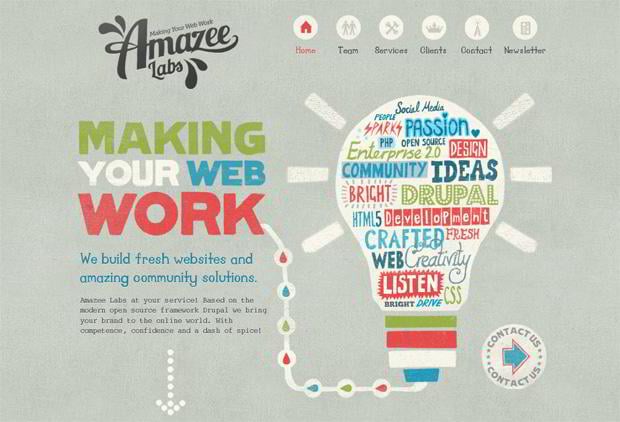Site Layout Basics: Tips For Structure A User-Friendly Website
Site Layout Basics: Tips For Structure A User-Friendly Website
Blog Article
Written By-Christophersen Skinner
When it comes to site design, making sure user-friendliness is essential. From responsive design to streamlined navigating, every component plays a critical role in creating a website that satisfies your audience's needs. Yet what regarding the better details that can make or damage a customer's surfing experience? Remain tuned as we reveal some often-overlooked tips that can elevate your internet site's usability to the following degree, making it truly stick out in the digital landscape.
Significance of Responsive Design
Responsive design is a critical facet of modern-day web site advancement. relevant web site is responsive methods that it can adapt to different screen sizes and tools, supplying a smooth experience for individuals.
With the enhancing use smartphones and tablets to access the web, having a responsive layout is crucial for getting to a broader target market. It helps in improving user experience by making your site very easy to browse and keep reading any type of device.
Furthermore, receptive style can positively affect your internet search engine rankings, as internet search engine like Google prioritize mobile-friendly websites. By having a responsive style, you're likewise future-proofing your web site, as new tools with varying display sizes remain to arise.
Simplify Navigation Framework
To improve individual experience and help with easy access to details on your website, streamlining the navigating framework is critical. When creating your site, concentrate on developing a clear and intuitive navigation menu that aids site visitors discover what they're searching for swiftly.
Limit the variety of food selection items to the essentials, grouping relevant web pages with each other to stay clear of frustrating individuals. Usage descriptive tags that plainly indicate the content of each web page, making it less complicated for users to comprehend where each web link will take them.
Take into consideration executing dropdown food selections for subcategories to stop jumbling the main navigation bar. Furthermore, include a search bar prominently on the page for users who prefer looking for details info.
Prioritize mobile responsiveness in your navigation layout to guarantee very easy access on all gadgets.
Maximize Web Page Load Speed
Improving page lots rate is essential for maintaining site visitors on your web site. Slow-loading web pages annoy individuals and can result in high bounce prices. To enhance web page load rate, begin by enhancing pictures. Compress photos without compromising top quality to reduce their file sizes.
Furthermore, enable browser caching to keep frequently accessed resources locally, accelerating lots times for returning site visitors. Minify CSS, JavaScript, and HTML data by eliminating unnecessary personalities, remarks, and format, enhancing tons rate.
Take into consideration utilizing a web content delivery network (CDN) to distribute your web site's web content across numerous web servers worldwide, lowering latency for customers accessing your site from various locations. website content services but not least, limit the use of third-party manuscripts and plugins, as they can significantly affect lots times.
Conclusion
In conclusion, by incorporating responsive layout, streamlining navigating, and optimizing page lots rate, you can develop a straightforward internet site that interest a wider audience and improves customer experience. content creator sites guarantee that site visitors can conveniently gain access to and navigate your website throughout different devices, resulting in enhanced engagement and contentment. By focusing on these crucial aspects, you can build an effective website that maintains users coming back for more.
